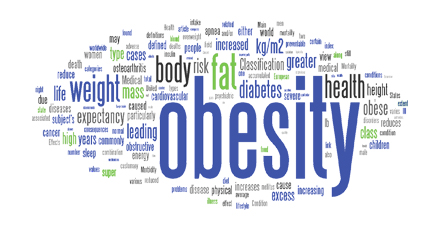
Andrology, June 2016
Adult exposure to tributyltin affects hypothalamic neuropeptide Y, Y1 receptor distribution, and circulating leptin in mice
E. Bo, A. Farinetti, M. Marraudino, D. Sterchele, C. Eva, S. Gotti, G. Panzica
Tributyltin (TBT), a pesticide used in antifouling paints, is toxic for aquatic invertebrates. In vertebrates, TBT may act in obesogen- inducing adipogenetic gene transcription for adipocyte differentiation. In a previous study, we demonstrated that acute administration of TBT induces c-fos expression in the arcuate nucleus.
Therefore, in this study, we tested the hypothesis that adult exposure to TBT may alter a part of the nervous pathways controlling animal food intake. In particular, we investigated the expression of neuropeptide Y (NPY) immunoreactivity. This neuropeptide forms neural circuits dedicated to food assumption and its action is mediated by Y1 receptors that are widely expressed in the hypothalamic nuclei responsible for the regulation of food intake and energy homeostasis.
To this purpose, TBT was orally administered at a dose of 0.025 mg/kg/day/body weight to adult animals [male and female C57BL/6 (Y1-LacZ transgenic mice] for 4 weeks. No differences were found in body weight and fat deposition, but we observed a significant increase in feed efficiency in TBT-treated male mice and a significant decrease in circulating leptin in both sexes. Computerized quantitative analysis of NPY immunoreactivity and Y1-related β-galactosidase activity demonstrated a statistically significant reduction in NPY and Y1 transgene expression in the hypothalamic circuit controlling food intake of treated male mice in comparison with controls.
In conclusion, the present results indicate that adult exposure to TBT is profoundly interfering with the nervous circuits involved in the stimulation of food intake.







